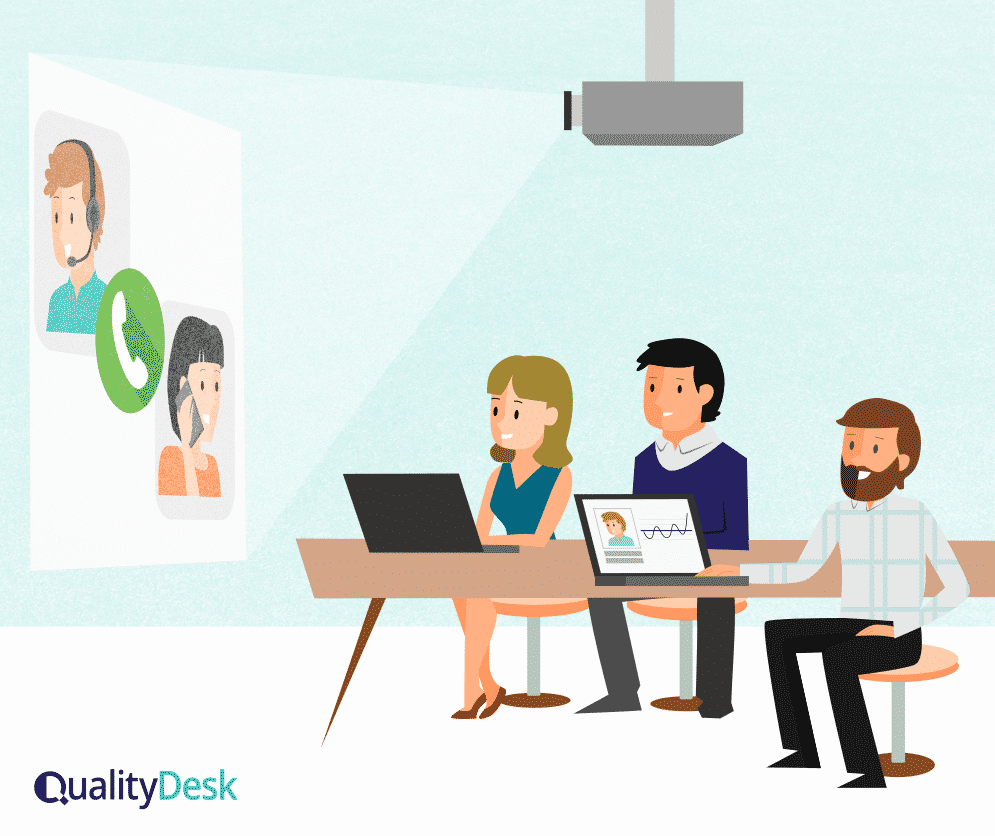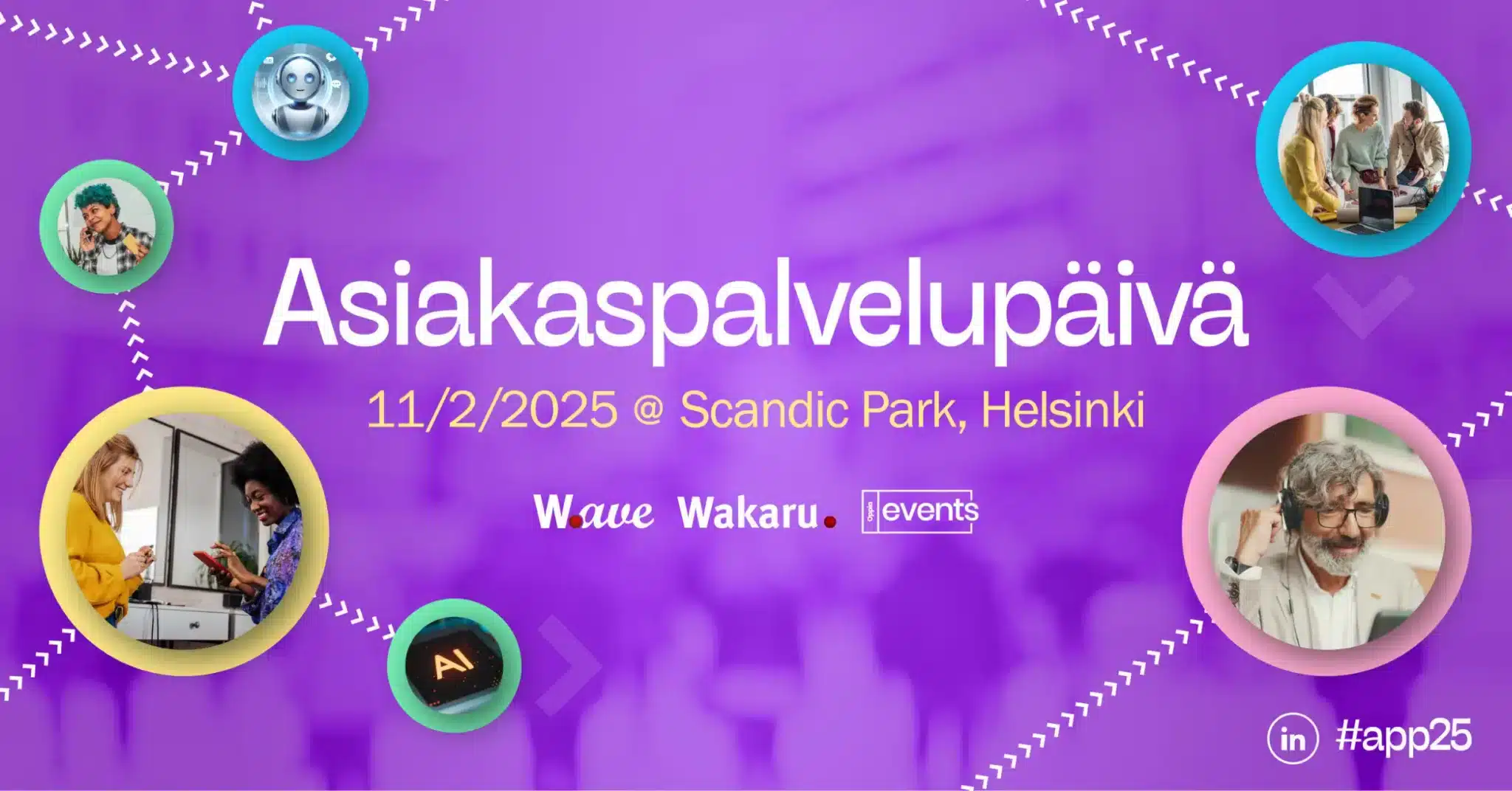Excessive efficiency will ruin the employee’s impression of your organisation on day one, and it becomes unlikely that he or she will stay for a long time. For example, if you immediately try to teach all the product facts to new employees and then leave them to handle customer contacts on their own, the experience can be extremely stressful to many of them.
It is a good idea to divide the orientation process into smaller sections that give the employee a grasp of the basics. Make sure that the employee truly feels welcome in the organization. Right from the beginning, you should bring up the organization’s strategy and values. Do not forget to explain your contact centre’s goals, either. Both your and the employee’s expectations should also be made clear! There is certainly a lot to cover, so how should it be done?

First customer contacts on the second workday
I firmly believe that the sooner you can get a new employee working with real customer contacts, the faster he or she will adapt to the new job. This is also likely to help the employee relax and learn new things more efficiently.
The practical things a new employee needs to learn should therefore be divided into smaller sections that can be taught one at a time. To support the process, it is a good idea to create dedicated evaluation forms for the orientation period. These must be divided into different topics depending on what you want to teach the new employee in each phase.
Do not categorize too much
In general, there are four main topics that a new employee needs to receive information on:
The organization and its goals.
Systems and processes.
Product information and facts.
Customer service and sales skills.
These are likely to be introduced in this order. It makes sense, but it is also worthwhile to try and find ways to mix things up a little. Maybe it would make more sense to start with the systems, and once the basic systems have been taught, you could move on to one set of facts.
This would be an ideal solution if it is possible to set up a first response type service where the customer service agents answer calls, handle very simple matters and redirect more complicated issues to experienced agents.
This allows you to ensure that the employee gets to work with real customers as soon as possible, which helps him or her get over the stress connected with the first customer contacts.
Divide the orientation information into smaller packages that you can combine and modify as needed. As we know, not everyone learns the same way. By keeping the orientation process light and flexible, you can provide a little more personalised orientation.
Spend time on coaching
Make sure that employees always have a supervisor or coach to support them in the early stages. This way they do not have to handle the first customer contacts alone. New employees also need to be monitored right from the start. For this purpose, it is a good idea to create a dedicated monitoring process that helps you focus on listening to the new employees from the perspective of the training they are currently receiving.
For example, general customer service skills should already be observed during the first calls. Do they meet your organisation’s standards? This allows you to bring customer service skills into the orientation process at an early stage. New employees will find it easier to adopt the organization’s methods and values at this point, when their head is not yet full of facts about products, processes and systems.
It is important to start coaching at an early stage so that the employees feel supported. They will learn the culture of constant development, which hopefully is one of the defining features of your organization. The new employees receive regular feedback and get to reflect on their experiences with the coach.
Getting a better grasp of the facts through expectation discussions
After sailing smoothly through the first few days, the employee will know the basics of the systems, customer service skills and the nature of the job, and it is time to discuss expectations. At this point, it would be good for the supervisor or trainer to find out the new employee’s expectations towards the job and the orientation process. This allows the supervisor or trainer to adjust the rest of the orientation process.
Having completed the basic orientation, the employee usually has much more realistic expectations, and it is naturally also possible for the employee to discover that this is not the job they want to do. If this is the case, it is better to find out sooner rather than later, so that you do not spend too much time on an employee that does not want to continue with your company.
With those who are excited and want to continue the orientation process, you can start delving deeper into the facts. At this stage, the monitoring should also cover the employees’ skills and their knowledge of the facts.




